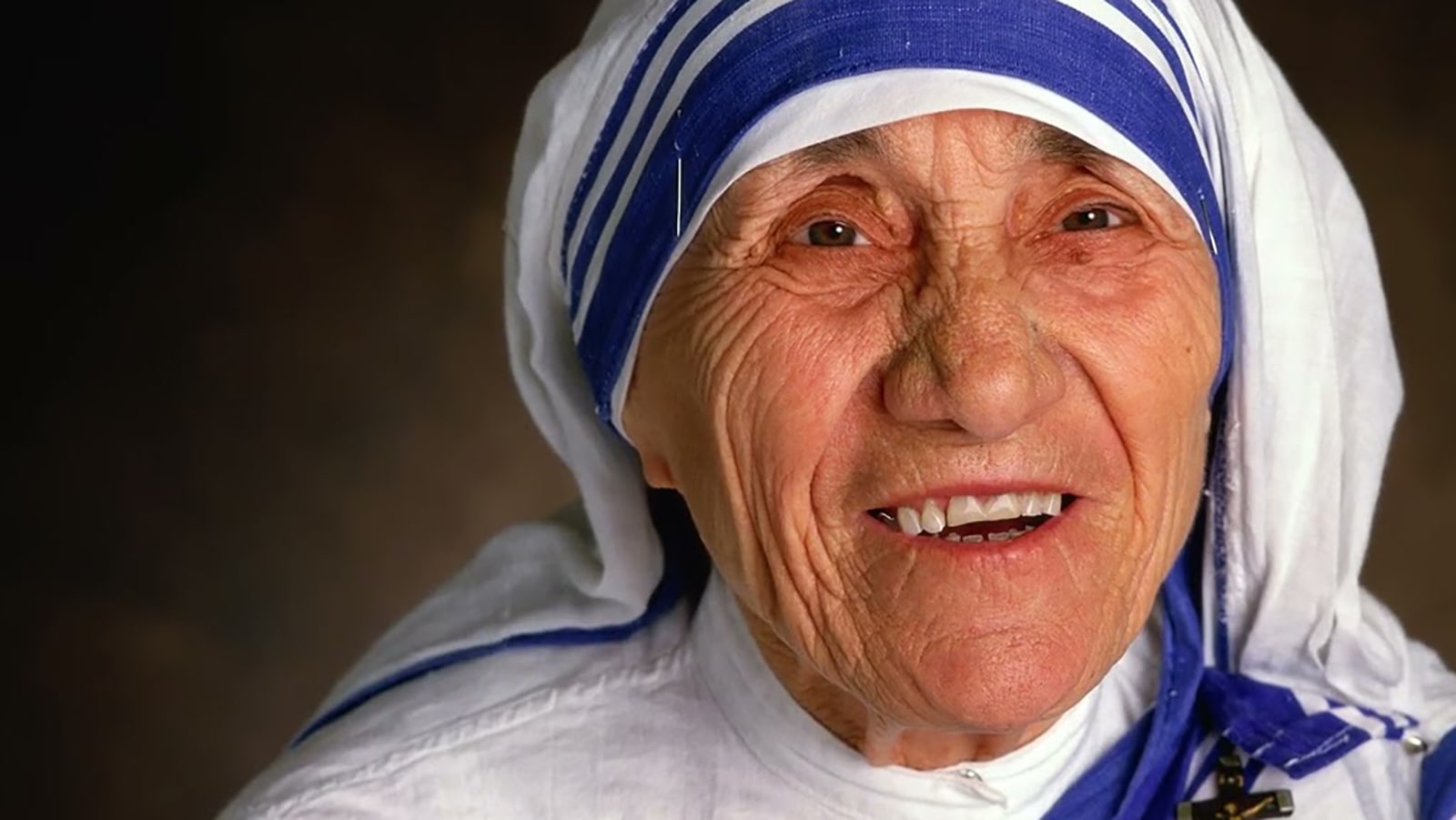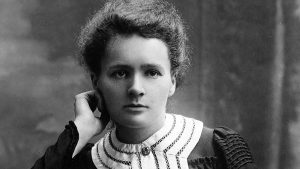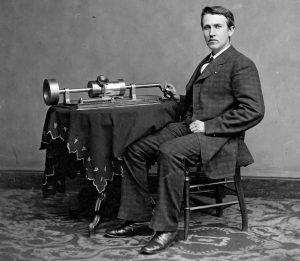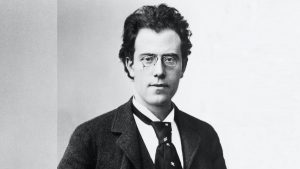
31 interesting facts about Mother Teresa
- 👁️ 1087
Mother Teresa, born Anjezë Gonxhe Bojaxhiu on 26 August 1910, was a Roman Catholic nun and missionary who dedicated her life to helping the poor, sick, and dying. In 1950, she founded the Missionaries of Charity in Kolkata, India, an order that grew to have thousands of sisters working across the globe. Known for her humility, compassion, and selfless devotion to others, Mother Teresa became a symbol of benevolent service to humanity. Her work earned her numerous awards, including the Nobel Peace Prize in 1979. However, her life and mission were not without controversy and criticism, adding layers of complexity to her extraordinary legacy.
Fascinating facts about Mother Teresa:
- Mother Teresa was born in Skopje, which was then part of the Ottoman Empire and is now the capital of North Macedonia.
- She felt a calling to religious life at the young age of 12 and decided to become a missionary at 18.
- She joined the Sisters of Loreto in Dublin, Ireland, in 1928 to learn English, the language of instruction in India.
- In 1931, she took her first religious vows and chose the name “Teresa” in honour of St. Thérèse of Lisieux.
- Mother Teresa arrived in India in 1929 and began teaching at St. Mary’s High School in Kolkata.
- Her “call within a call” in 1946 inspired her to leave the convent school and work among the poorest of the poor in Kolkata’s slums.
- She founded the Missionaries of Charity in 1950, an order dedicated to caring for “the hungry, the naked, the homeless, the crippled, the blind, the lepers.”
- The Missionaries of Charity received canonical recognition from the Vatican in 1950.
- Mother Teresa adopted Indian citizenship and wore a simple white cotton sari with a blue border, representing her commitment to the poor.
- Her work expanded internationally, with the Missionaries of Charity operating in 133 countries by the time of her death.
- She opened the first Home for the Dying in Kolkata in 1952, providing medical care and compassion to the terminally ill.
- In 1965, Pope Paul VI granted the Decree of Praise to the Missionaries of Charity, bringing them directly under papal jurisdiction.
- Mother Teresa was awarded the Nobel Peace Prize in 1979 but asked that the funds for the banquet be given to the poor instead.
- She received the Bharat Ratna, India’s highest civilian honour, in 1980.
- Despite her global recognition, she led a life of simplicity, owning only a few personal possessions.
- Her health suffered due to her relentless work, leading to heart problems and other ailments.
- Mother Teresa’s methods and beliefs were sometimes controversial and attracted criticism from some who accused her of being overly focused on the suffering aspect of the people she helped.
- Her relationship with controversial figures and acceptance of donations from them also drew criticism.
- Mother Teresa met Princess Diana, and the two were united in their humanitarian efforts.
- She wrote many letters expressing her deep spiritual darkness and doubts, which were published posthumously.
- After her death on 5 September 1997, the Indian government honoured her with a state funeral.
- Pope John Paul II waived the usual five-year waiting period to begin the process of canonisation.
- She was beatified in 2003 and canonised as Saint Teresa of Calcutta in 2016.
- Her feast day is celebrated on 5 September, the anniversary of her death.
- A symbol of compassion, Mother Teresa’s image has appeared on various stamps and coins around the world.
- Several films and documentaries have been made about her life, including the 1969 documentary “Something Beautiful for God” narrated by Malcolm Muggeridge.
- Her writings and speeches have been compiled into various books, providing insights into her spiritual life.
- Mother Teresa emphasised the importance of small acts of kindness, coining the phrase “Do small things with great love.”
- Despite the global reach of her work, she continued to consider Kolkata her home and the epicentre of her mission.
- Some of her notable awards include the Padma Shri in 1962, the Pope John XXIII Peace Prize in 1971, and the Congressional Gold Medal in 1997.
- During her life, Mother Teresa declined numerous honorary degrees and awards, believing the accolades should go to the people she served.
Mother Teresa’s life was a testament to the power of compassion, love, and selfless dedication to the welfare of others. Her unwavering commitment to the most neglected and vulnerable has left an indelible mark on humanitarian work across the globe. While her approach and practices were not without criticism, her legacy as a symbol of boundless charity and kindness endures. The example she set continues to inspire countless individuals to pursue lives of service and to see the inherent dignity and worth in every human being.











